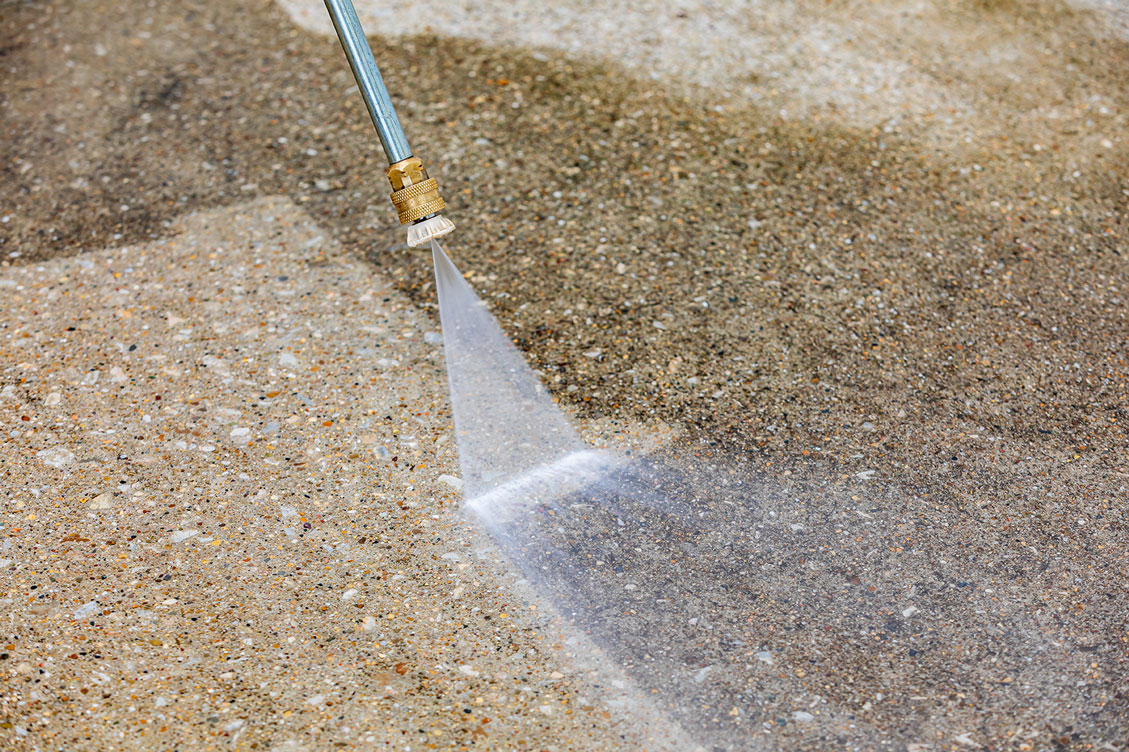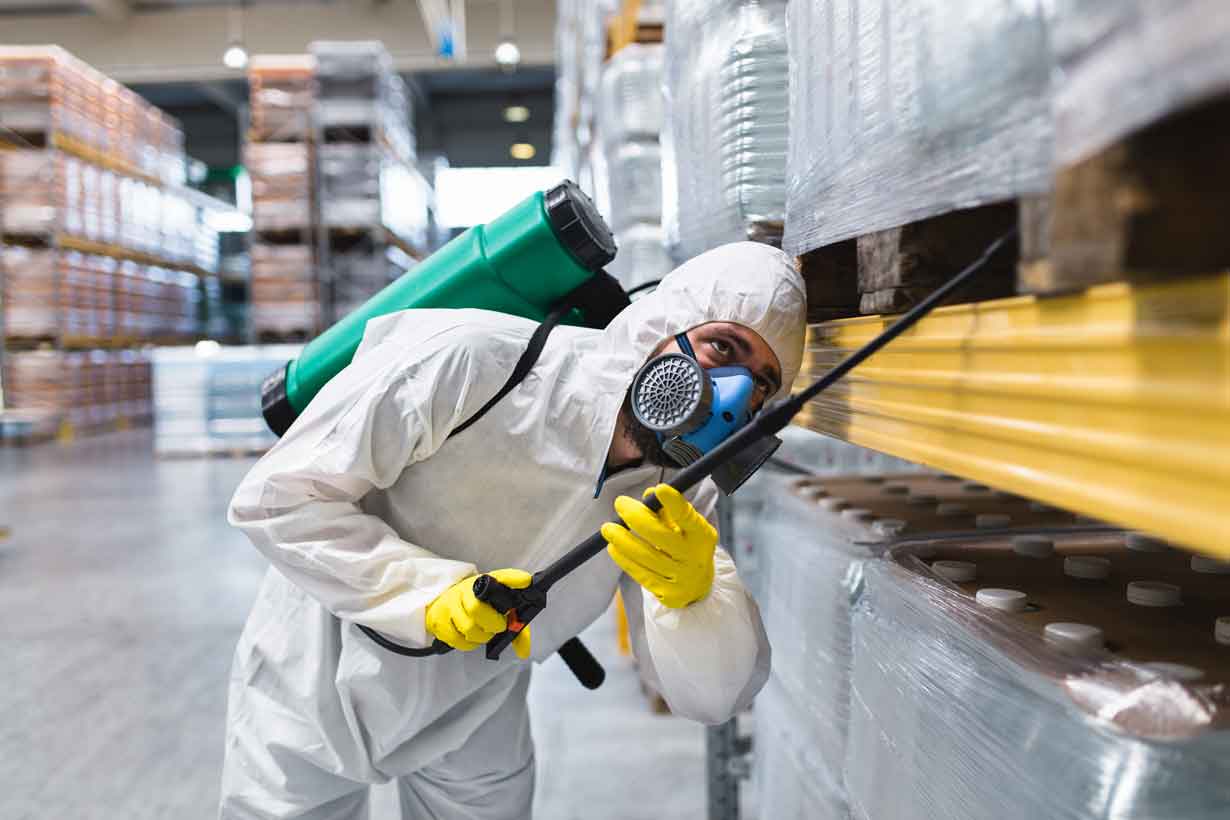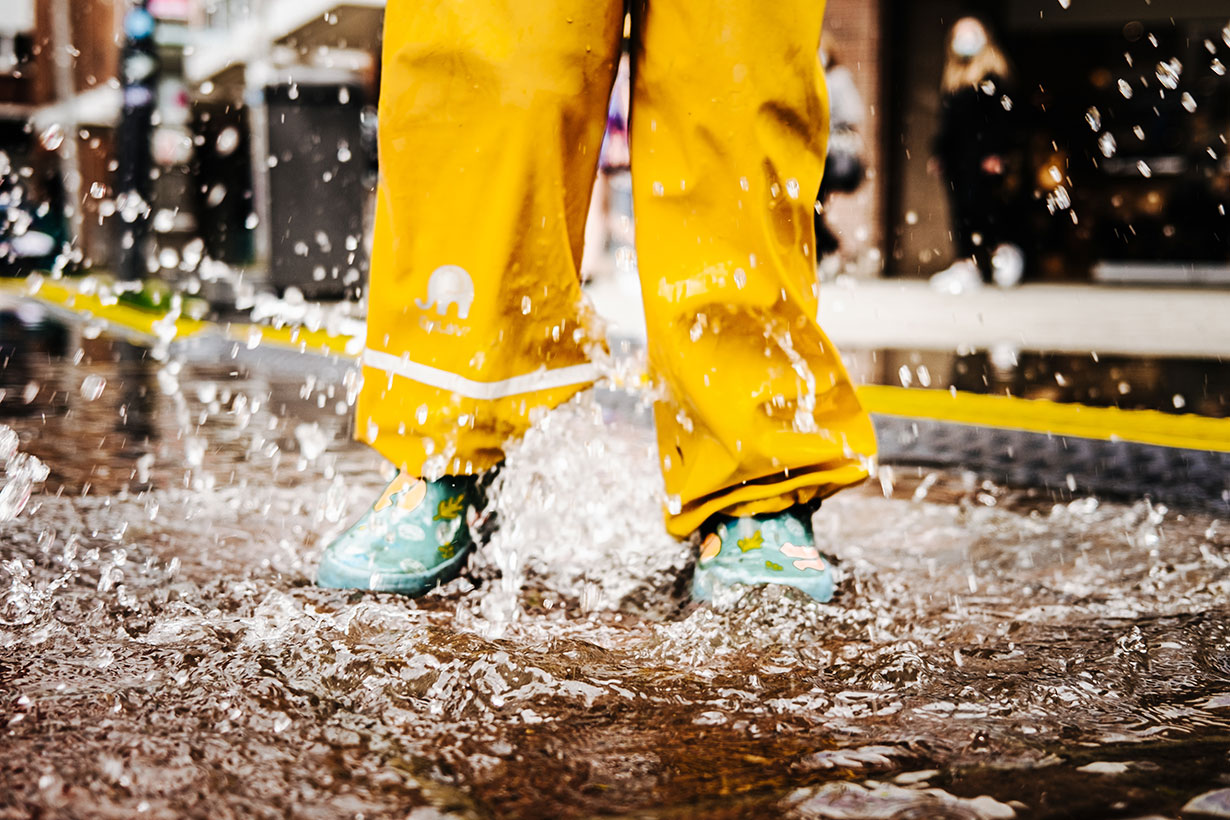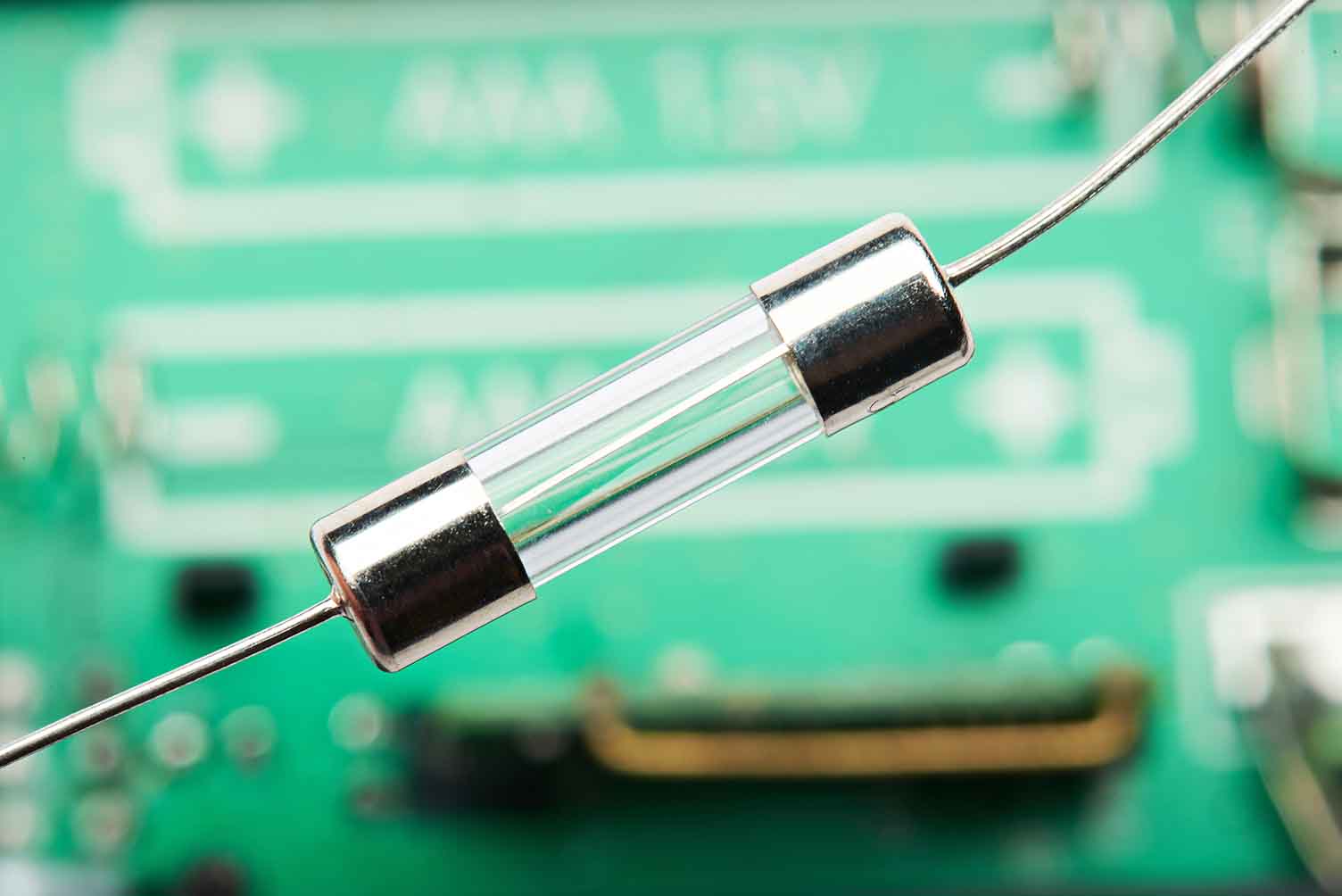

How to Clean and Remove Concrete Stains
By Grainger Editorial Staff 10/1/25
Get practical tips to remove concrete stains and maintain sealed, unsealed or polished surfaces in high-traffic facilities. Learn how to choose the right cleaner for oil, rust, tire marks and mildew so floors are easier to care for and look their best.
Concrete floors, sidewalks or garages can start to wear down when rust or mold seeps into their surfaces. Although concrete is highly durable and relatively low maintenance, regular cleanings are an important part of proper upkeep. Whether cleaning a concrete driveway or tackling stains in a garage, using the right cleaning supplies can help concrete look its best.
Before You Start Cleaning
According to The Spruce, knowing the type of concrete finish is important to prevent damage and clean effectively.
Different types of concrete finishes:
- Sealed: Stain-resistant concrete coated with resins, silicates, epoxies or urethanes.
- Unsealed: Poured, untreated concrete that’s porous and susceptible to stains.
- Polished: Wet or dry polished concrete with a glossy finish.
- Stained: Permanently colored concrete that can be sealed or unsealed.
- Painted: Painted concrete floors with sealed or unsealed surfaces.
Cleaning Supplies
Concrete Cleaners
Since concrete is porous, it can hold dirt, sometimes making it difficult to clean. Using the following types of concrete cleaners and degreasers can help remove different types of stains and grime:
- pH-Neutral Cleaners: Mild multi-purpose cleaners used for unsealed concrete without embedded dirt.
- Acidic Cleaners: Acid-containing cleaners used to remove dirt, stains and contamination from concrete.
- Alkaline Degreasers: Grease, oil and stain-removing cleaners that help neutralize concrete surfaces after using acidic cleaners.
- Enzymatic Cleaners: Cleaners containing active enzymes to help remove stains and contamination.
- Specialty Cleaners: Cleaners and degreasers designed to remove specific types of concrete stains like rust, mold and mildew.
Supplies
- Broom, dust mop, or wet/dry vacuum
- Soft non-metal scrub brush
- Microfiber cleaning pads
- Wet mop or steam mop
- Bucket
- Chemical-resistant gloves
- Optional: Garden hose, pressure washer or floor scrubber
5 Tips for Cleaning Concrete
Always clean up spills as soon as possible to prevent surface stains. Concrete cleaning methods vary depending on several factors, including the type of finish, staining, location and available supplies. The following tips provide some general guidelines for cleaning concrete.
1. Remove Loose Dirt and Debris
Sweep or vacuum loose dirt off the concrete. Dust or steam mopping can also help remove dirt and debris from concrete flooring. When cleaning a driveway or patio, remove and treat any weeds growing in cracks before tackling stains.
2. Spot Treat Stains
Wet mop concrete using a pH-neutral cleaner and water. Rinse with water and allow to dry. You can also use liquid laundry detergent and water to remove stains, then scrub the area with a stiff nylon brush.
3. Let Dry & Repeat if Necessary
Allow concrete to dry before allowing foot traffic or replacing rugs and furniture. If the staining remains, you can use a stronger chemical or degreasing solution, depending on the type of stain. Rinse well with a bucket or garden hose after repeating the stain treatment.
4. Pressure Wash Tough Stains
Consider using a pressure washer and detergent or cleaning solution for tough outdoor concrete stains. Always gradually increase the pressure as needed so you don’t accidentally damage the concrete. Don’t forget to wear protective equipment like safety goggles and gloves when pressure washing and protect windows, furniture and plants since the water pressure can cause damage.
5. Apply Wax or Sealer
Depending on the type of concrete, applying sealer or wax can help provide a protective coating to protect against stains, making it easier to maintain. Many concrete sealers need to be reapplied every few years.
Removing Concrete Stains
Since concrete is absorbent, stains can settle in and harden, making them extremely difficult to remove – especially on unsealed concrete. While there’s no one way to remove stains from concrete, the key is using an effective cleaner. You can opt for commercial-grade concrete stain removers or more common household cleaners like baking soda or laundry detergent. Always test whatever cleaner you use to remove concrete stains first to ensure it doesn’t discolor the concrete.
Grease and Oil Stains
For fresh oil and grease stains, use a rag to wipe up or sprinkle sawdust or cat litter directly onto the stain to absorb as much as possible. Once the spill is absorbed, brush away the remaining powder with a broom. If a stain remains, apply baking soda or powdered laundry detergent, then scrub the stain with a nylon brush and water. Using a concrete cleaner or degreaser can also help remove old grease and oil stains.
Rust Stains
Acid-based cleaners are often the best option for removing rust stains from concrete. You can also use natural products like white vinegar or lemon juice for light rust stains or acidic cleaners for heavy-duty stains. The concrete finish, age and severity of the stain are all factors that determine which type of cleaner to use. However, the sooner you tackle rust stains, generally, the easier they are to remove.
Tire Marks
Degreasers can help remove tire marks from driveways and garage floors. First, spread a degreaser over the stained area. Let the cleaner work according to the manufacturer’s directions before scrubbing it with a stiff brush and rinsing well with water.
Water Stains, Mold, and Mildew
Removing mold, mildew and water stains from indoor concrete flooring differs from cleaning a concrete patio with the same issue. A hose or pressure washer can help remove mold, mildew or water stains from concrete patios and driveways. If staining persists, use a mold remover or bleach solution to treat the area. Then scrub the stain with a brush and rinse thoroughly with clean water.
For indoor concrete mold and mildew stains, avoid sweeping the area since that can spread mold spores. First, open windows to allow fresh air to circulate while cleaning. Spray the area with either a mold remover, mild detergent and water or a bleach solution (if potential discoloration isn’t a concern). Then scrub with a brush and rinse with a clean wet mop. Check the area once completely dry to determine if the process needs to be repeated.
Stubborn Concrete Stains
Muriatic acid and trisodium phosphate (TSP) can help treat deep, set-in concrete stains. However, muriatic acid should always be used carefully since it can cause severe burns and permanently damage your skin, eyes, and lungs. Be sure to read all the manufacturer’s instructions and wear heavy-duty protective clothing, including safety goggles, chemical-resistant gloves, long sleeves, pants and a respirator. Trisodium Phosphate (TSP) is another strong cleaner used to remove grease, mildew stains and paint from concrete. However, TSP is a strong alkaline cleaner, and some states restrict or ban products that contain phosphates because they can harm waterways, so check local laws before you buy. An environmentally friendly TSP alternative like a degreaser can also provide comparable cleaning.
Although concrete cleaning methods vary, with proper care and regular maintenance, you can remove and prevent stains, improving the longevity of your concrete.
Frequently Asked Questions
Most sealed, polished, and painted concrete surfaces are tough and dirt resistant. However, according to The Spruce, proper maintenance for sealed, polished, stained or painted concrete requires cleaning once every two weeks or as needed when dirt and grime start to build up. For unsealed concrete like garages, patios or walkways, plan to deep clean about once a year and use a stain remover whenever necessary.
While most concrete stains can be removed, using a concrete sealer or wax coating can protect concrete from developing stains in the first place. Concrete sealers penetrate the surface to help prevent oils and greases from staining. Several types are available, including acrylic, urethane, epoxy and silicate sealers. While sealers prevent spills from entering the concrete’s absorbent pores, making cleaning much easier, you still need to clean up spills as soon as possible to prevent permanent stains. For additional protection against dirt and stains on concrete flooring, applying commercial-grade floor wax on top of the sealer is recommended. This layer helps preserve the sealer from daily wear and tear and is easier to buff out minor scratches and signs of wear.

Safety Management
6 Tips to Help Prevent Slips, Trips and Falls
Identify the fall hazards in your workplace and implement a fall safety program. Check out these tips from Grainger so you can mitigate risk.
![]() OUR LATEST KNOWHOW
OUR LATEST KNOWHOW

Equipment
Facility Pest Control: How IPM Helps Safely Manage Insects
Discover safe, compliant pest control with IPM. Find tips for insect monitoring, sanitation and safe insecticide use in commercial facilities.
The information contained in this article is intended for general information purposes only and is based on information available as of the initial date of publication. No representation is made that the information or references are complete or remain current. This article is not a substitute for review of current applicable government regulations, industry standards, or other standards specific to your business and/or activities and should not be construed as legal advice or opinion. Readers with specific questions should refer to the applicable standards or consult with an attorney.














